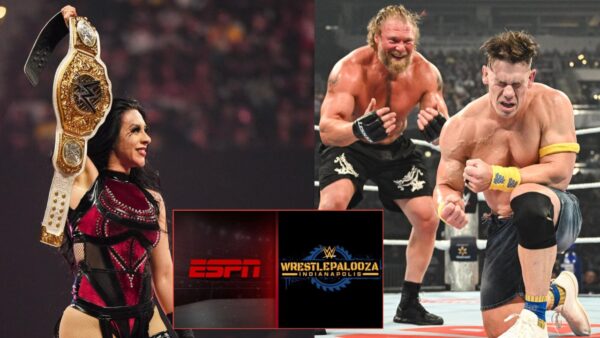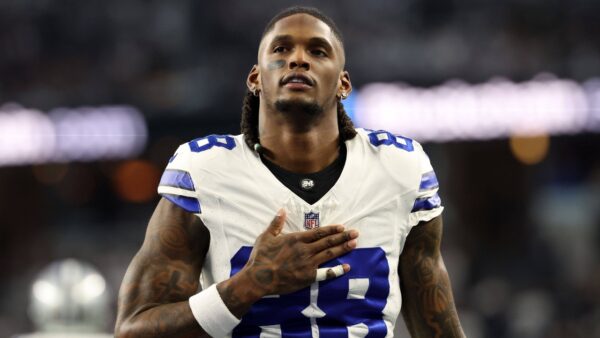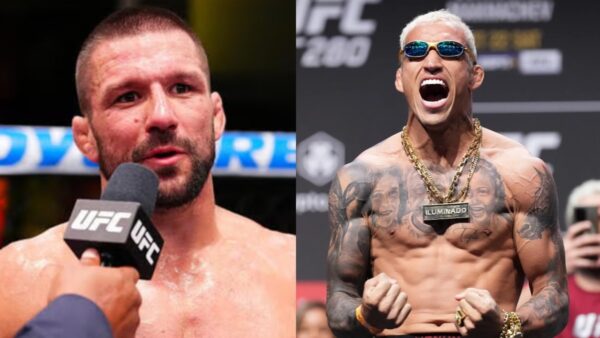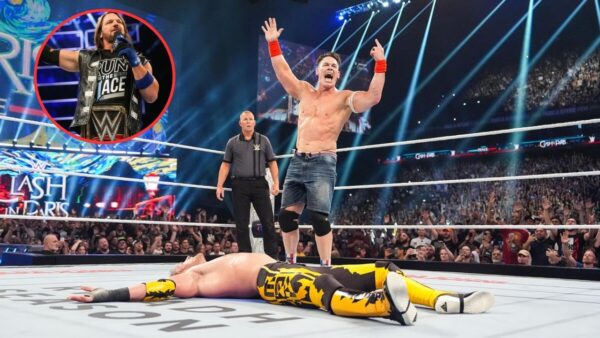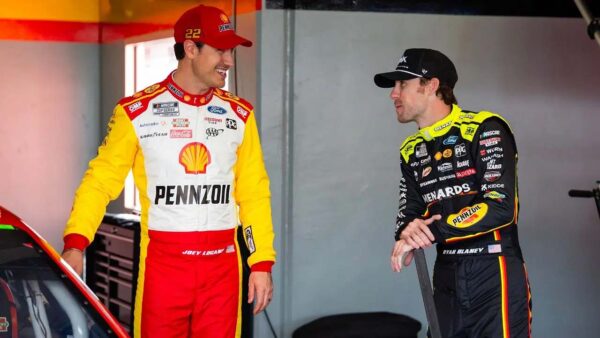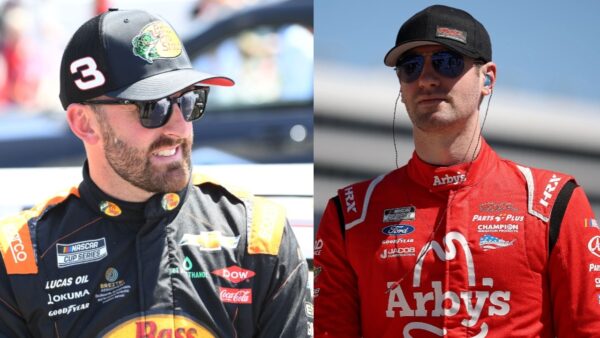UFC Fight Night shows will become PPV level events, but only outside the United States
The trajectory of the quality in UFC Fight Night cards have remained inconsistent so far, but it may change soon with a standard format.
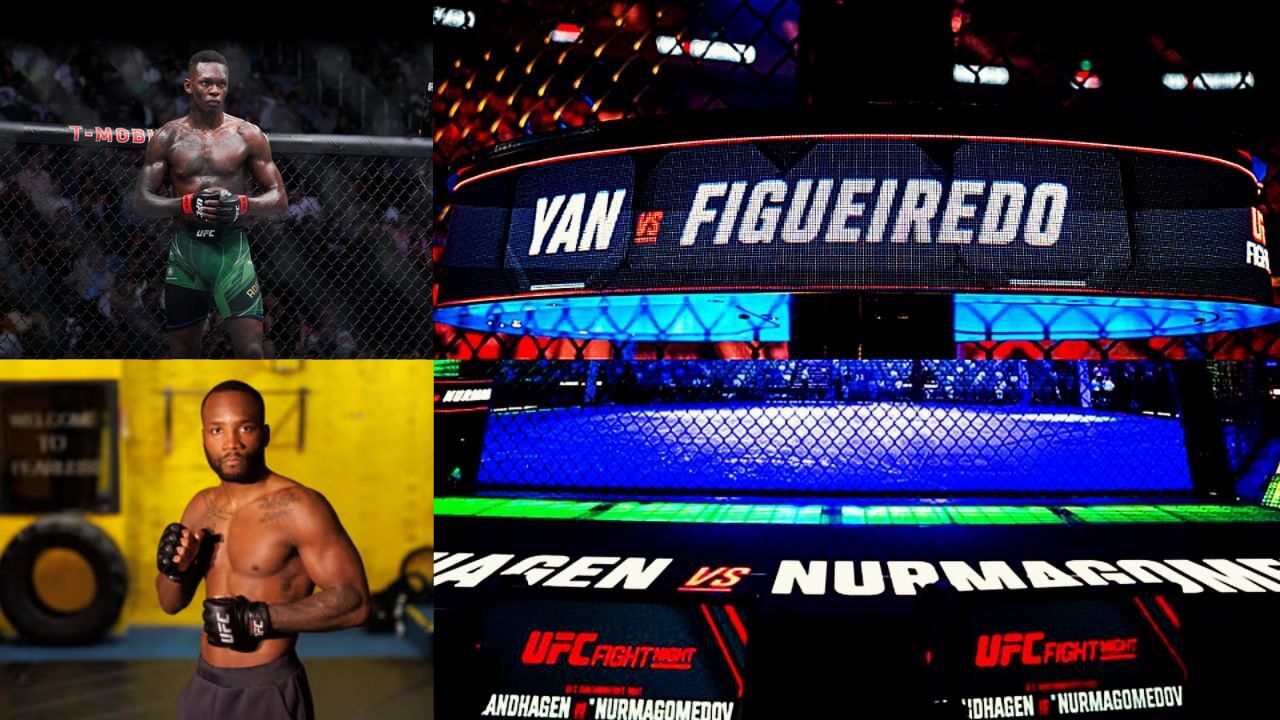
UFC Fight Nights only relevant outside of USA (Image via X/UFC.com)
🔍 Explore this post with:
UFC Fight Night has been a big part of the Ultimate Fighting Championship’s presentation for many years now. The events give fans and causal audiences the chance to watch action from the octagon without having to pay the hefty price of PPV, especially in the United States.
Originally these events would feature either up and coming fighters. Even veterans who are not quite at the top of their respective divisions also headline Fight Nights from time to time. However, that isn’t the case anymore.
As of this writing, the company has confirmed the fight cards for events up until late March. At least, two of them feature fighters that under normal circumstances would be fighting on the upper end of a PPV, namely Israel Adesanya and Leon Edwards.
Why UFC Fight Nights have become the big show overseas
UFC PPVs have taken place outside of the United States for years now, with Abu Dhabi and the United Kingdom getting some major fight cards over the past decade. From what I can see with the latest rundown of cards from the company, that may no longer be the case. Furthermore, they may decide to keep the PPV model reserved for the US shows only.
Izzy Adesanya will fight on Saturday, February 1st in Riyadh, Saudi Arabia. Is Adesanya the massive draw that he was when he was dominating the middleweight division just a couple of years ago? No, but you could easily put him on a PPV card in a big fight and still expect to draw a reasonable number of buys.
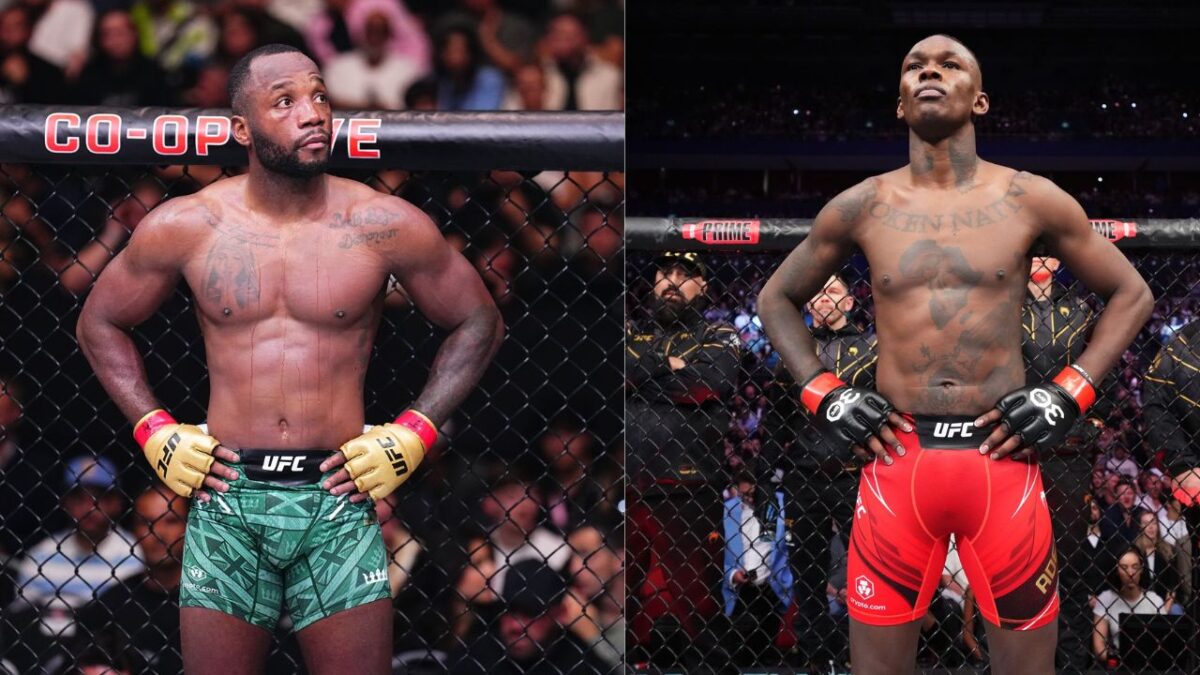
He’s still the #2 ranked middleweight in the company and a fight with Dricus Du Plessis or Sean Strickland for the title will probably materialize at some point. I can tell you right now that if that Fight Night card was taking place in the US that there would be zero chance of Izzy appearing on it, main event or not.
The reason that we’re getting to see him fight on ‘free’ TV is because the event is taking place from Saudi Arabia. It’s a chance for the company to give the region a big name and keep their international partner happy.
Leon Edwards is set to appear on the Fight Night card on March 22nd from the O2 Arena in London, England. He is the #2 ranked fighter in the welterweight division. Again, there’s zero chance that he would be on a Fight Night card if it took place in the US. Since this is in his home country, it’s a chance for the company to charge PPV-level prices for what is essentially a ‘free TV’ card.
Why are the UFC doing this?
I don’t have exact knowledge or inside information as to why the company appears to (at least for now) be running with this model. There’s a chance that it could change from April onwards, but I think that for now, it is a solid way to get the ‘best of both worlds.’
Most fans outside of the United States do not pay extra for PPV events. Viewers in the United Kingdom can see most of the PPV cards as part of their standard TNT Sports/Discovery+ subscription, with the odd card being around £19.99 on PPV (mainly those involving Conor McGregor).
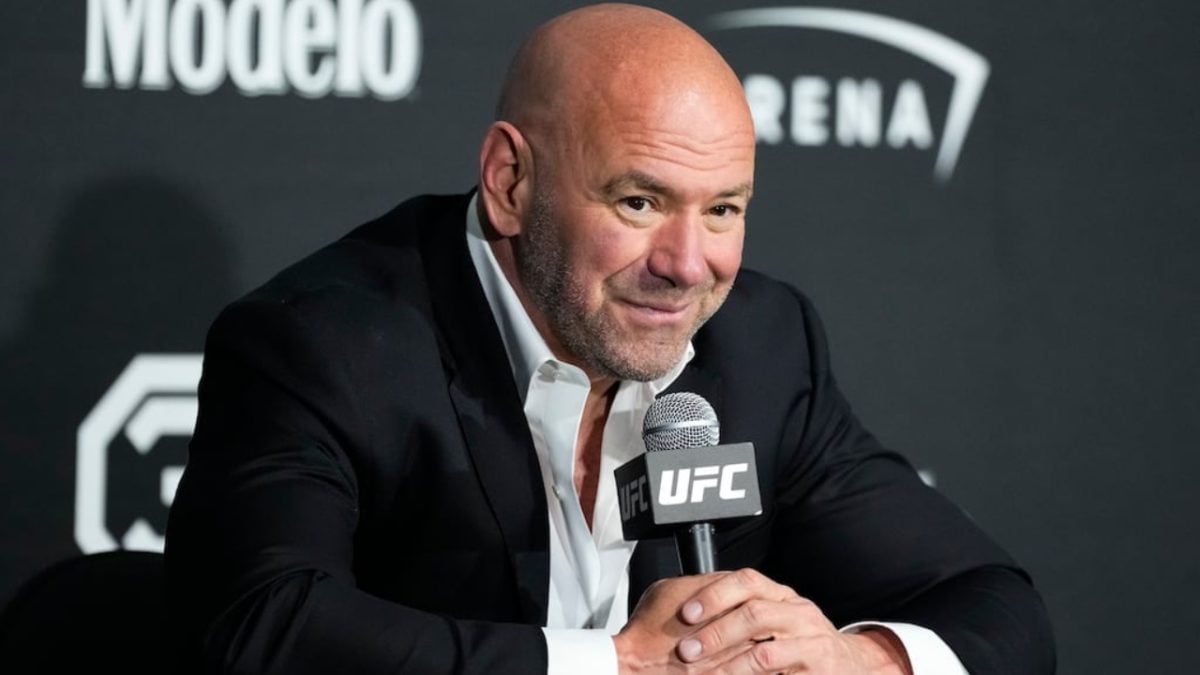
Most countries in Europe and further into the East do not pay for UFC PPVs, because they usually take place during unsociable hours as opposed to 8pm onwards for the US audience. The problem for the UFC arises when they try to put a PPV card on internationally, because the time zone difference then works in the favor of those in Europe, Asia et al.
Running a show from 5pm GMT means that you’re starting a PPV in the United States at around 1pm in the afternoon. This means it isn’t ideal viewing time for the majority of the paying audience, so the company loses out on revenue.
Another issue arises when you consider who to put on that PPV at a random time. The company needs to ensure that the starpower is big enough to convince fans to shell out. At the same time, who wants to fight on a card where they could get PPV points as payment when it isn’t at the ideal time to get the most amount of cash into their pocket? No one, that’s who.
The Fight Night Cards that prove the point
To really illustrate my point you, just need to look at some of the fight cards that are taking place in the United States in the coming months. My point is the level of star power on paper is astronomically different. I don’t want to be disrespectful to the high-calibre, elite level fighters who are coming on these cards, but they are not the star-level of Adesanya and Edwards:
Already announced in the US for 2025
- Cannonier vs Rodrigues – February 15th
- Cejudo vs Song – February 22nd
- Royval vs Kape – March 1st
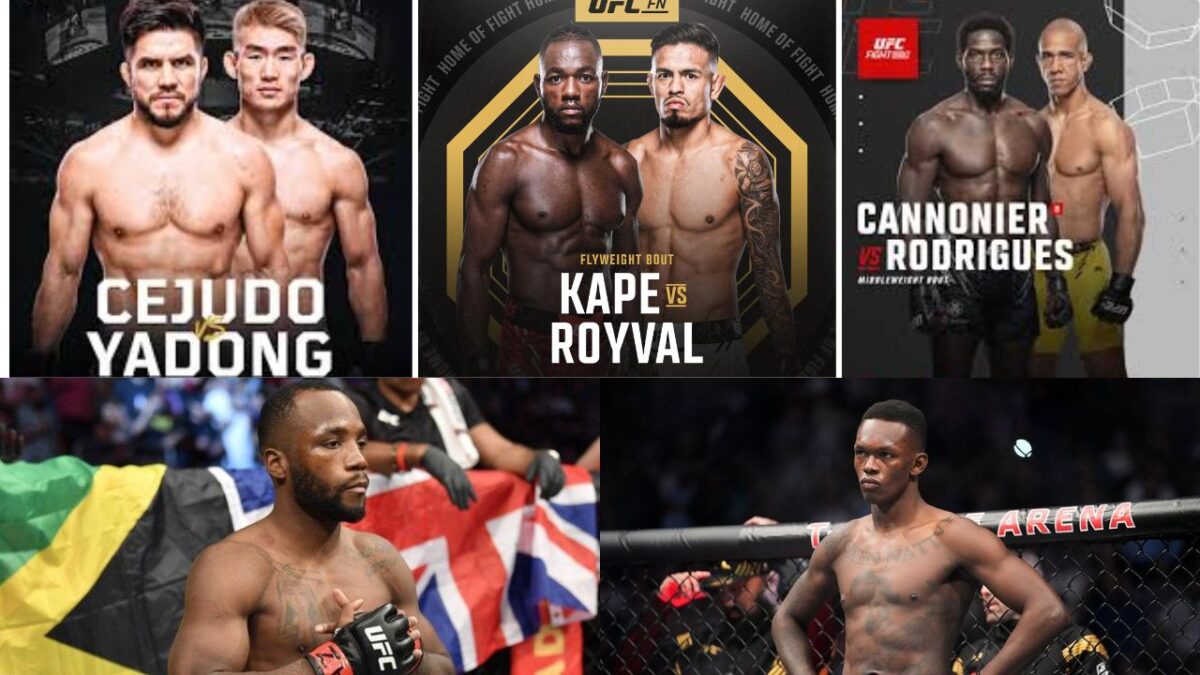
The international cards for the company on these Fight Night shows so far in 2025 seem to indicate to me that they will be running with that model going forward. The goal for the UFC is to ensure that they’re making the most amount of revenue that they can, and putting fights on a Fight Night in prime time in the US that could go on a PPV card makes zero financial sense.
Putting those bigger names on fight cards outside of the US helps to further build the international footprint of the UFC and MMA as a whole. That is exactly why you’re getting Izzy and Edwards fighting for ‘free’ in Saudi Arabia and England this year.
The company could decide to change the model from Q2 of the year onwards. However, I actually think they’ve found the best balance between drawing at the live gate internationally and getting the PPV buys for the biggest headline bouts in the United States.
Related: Who wore the best pair of shorts in 2024? The Top 5 Custom kits this year

